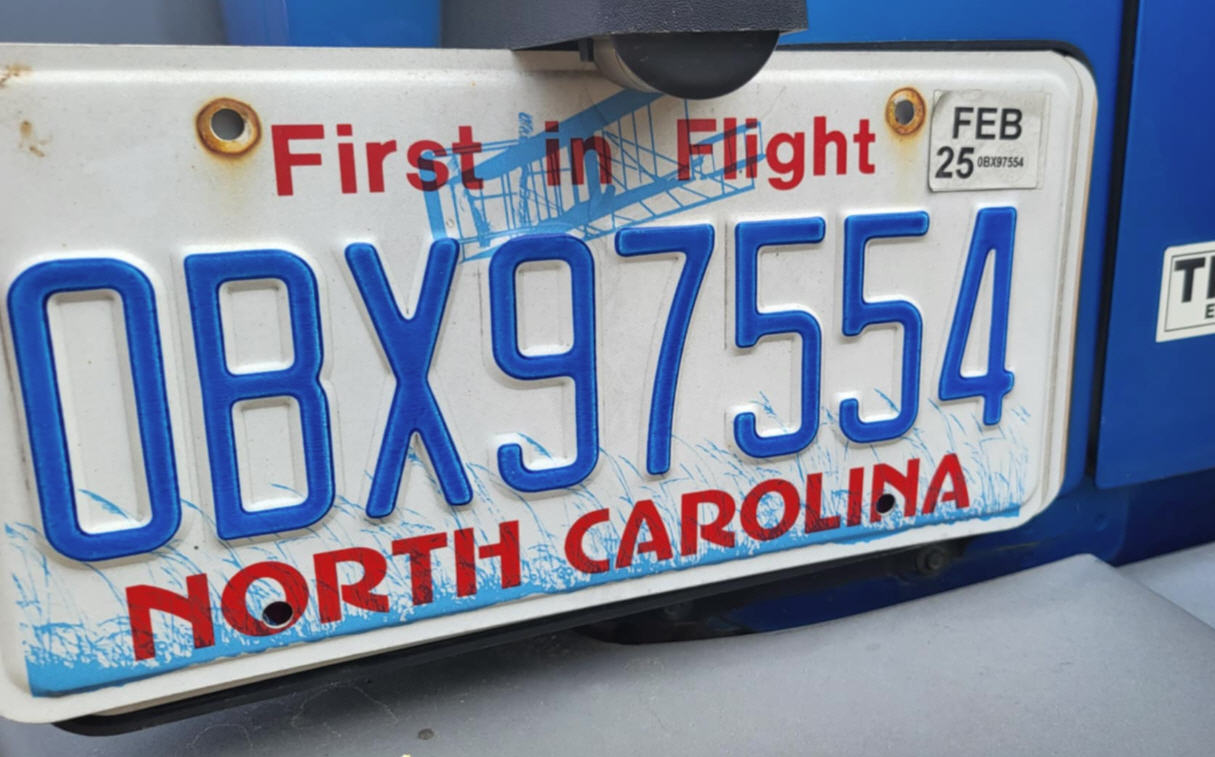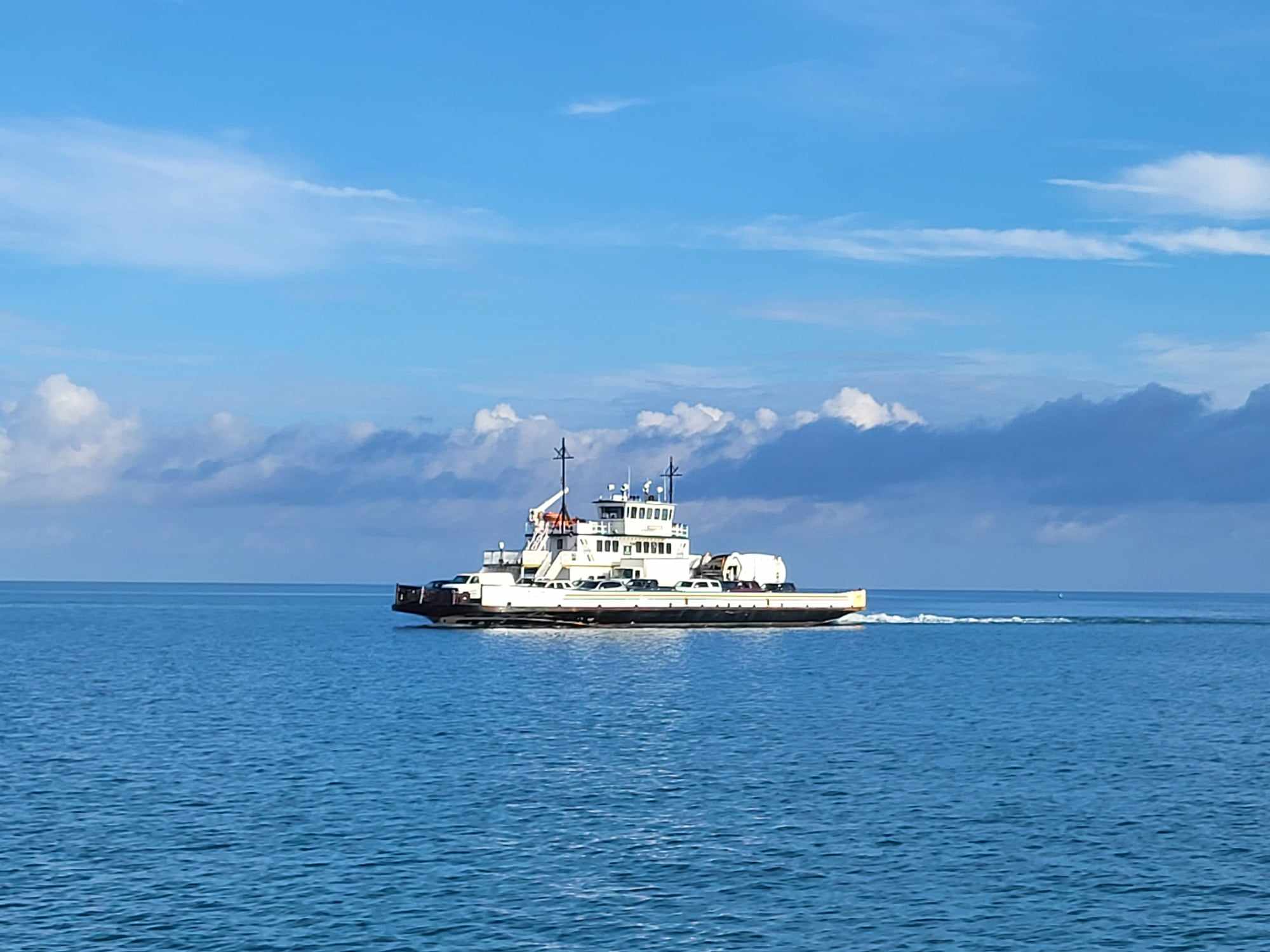Park Service releases annual resource management reports for 2013
The National Park Service has released its annual resource management reports for the Cape Hatteras National Seashore for 2013.
Included are reports on management of piping plovers, seabeach amaranth, and sea turtles, which are federally listed as threatened – and some of the turtles are endangered. The park also reports on American oystercatchers and colonial water birds, which are not federally listed but are state species of special concern. There is also a report on predator management.
2013 is the second breeding season that the seashore was managed under the requirements of the final off-road vehicle plan and final rule.
Here are the highlights.
PIPING PLOVER
In 2013, nine pairs of piping plovers and nine nests were identified. Seven chicks successfully fledged, resulting in a fledge rate of .78 chicks per breeding pair.
All of the nests were in the area of Cape Point.
Since 1999 fledge rates have ranged from 0.0 to 2.0 chicks per pair. The mean rate from 1999-2012 is .75 chicks per pair, so the fledge rate last year was slightly above the mean.
Chick loss is difficult to document, the Park Service says. Twenty-eight eggs hatched last year and 21 chicks were lost to predation. Predation is thought to be the major reason for chick loss.
Chick movements were also monitored. The average distance traveled from the nest was 704 meters and ranged from 358-1,039 meters.
According to the report, human disturbance, direct or indirect, can lead to the abandonment of nests. Although human disturbance was not documented to be a major factor for the loss of nests or chicks in 2013, NPS field staff documents 78 pedestrian, five ORV, and four dog, boat, or horse intrusions in closures for nesting shorebirds.
Click here to read the entire resource report on piping plovers.
SEA TURTLES
2013 set another record for sea turtle nesting at the seashore with 254 nests – 229 loggerheads, 24 greens, and one Kemp’s ridley.
On Hatteras, 187 nests were laid, with 58 on Ocracoke and nine of Bodie Island.
The first nest was found on May 19 and the last on Sept. 11. Peak nesting was from July 15-21.
Of the 254 nests, 66 – 26 percent — were relocated. Most of the relocations were due to natural factors, such as a nest at or below the high-tide line or one laid in an area susceptible to erosion.
The emergence success of the nests – total number of hatchlings that emerged unaided, relative to the total number of eggs in the nest – was 56 percent, down from 73 percent in 2012.
Predation by ghost crabs is the major reason for loss of eggs and hatchlings. A total of 81 eggs from 18 nests, were predated by ghost crabs prior to nest excavation. Nine hatchlings were documented as predated by the crabs, but the full extent of hatchling loss for this reason is unknown.
A total of 133 pedestrian violations of sea turtle nest closures were documented in 2013. Twelve ORV and 15 dog violations were also documented.
Click here to read the entire resource report on sea turtles.
SEABEACH AMARANTH
Seabeach amaranth is a federally protect plant – listed as threatened – that is found on barrier island beaches, where it grows on overwash flats and accreting ends of islands and at the foot of frontal dunes.
According to the 2013 annual report, the natural habitat of seabeach amaranth makes it vulnerable to both man-made and natural disturbances. The primary threat is habitat destruction, the report says, to both ORV and pedestrian disturbances and the dynamic nature of the barrier islands, which are being constantly shaped and reshaped by hurricane and other storm events.
Listed as threatened in 1993, the seabeach amaranth has today lost two-thirds of its historic range.
The seashore was once heavily populated by the plants, hosting 3,000 to 5,000 plants per year.
It has been in decline and was last documented at the seashore in 2005.
It is thought that seabeach amaranth may be extirpated from the seashore. However, because plants are not evident every year and may survive in the seed bank, the Park Service continues to monitor the seashore for the plant.
Seashore staff spent more than 75 hours surveying the beaches for the plant, but no amaranth plants were found.
Click here to read the entire resource report on seabeach amaranth.
AMERICAN OYSTERCATCHERS
In 2013, 27 pairs of American oystercatchers nested at the seashore. A total of 42 nests were located. Of these nests, 19 hatched producing 35 chicks. Thirty-five of the chicks fledged for a fledge rate of .55 chicks per pair.
Although the fledge rate at the seashore appears to be cyclical, the report says, “there is generally an increase in productivity when looked at over multiple years.”
The fledge rate in 2013 was below the rate for 2010-2012.
The main cause of chick mortality is believed to be mammalian predators, according to the report.
The report notes that human disturbance, direct or indirect, can lead to abandonment of nests or loss of chicks
Last year, resource staff documented 81 pedestrian violations of closures, five ORV violations, and seven dog intrusions.
The American oystercatcher is not federally protected, but is listed as a species of special
concern for the state of North Carolina.
Click here to read the entire resource report on American oystercatchers.
COLONIAL WATERBIRDS
Colonial waterbirds are also not federally protected but are listed by the state as a species of special concern.
Colonial waterbirds that nest at the seashore include black skimmers, least terns, common terns, and gull-billed terns.
Nineteen colonies nested on the seashore this year, which, the report says, is lower than 2012 but still above the average. The fewer colonies may be a result of dynamic changes at the points and spits after Hurricane Sandy and several northeasters in the fall of 2012.
Click here to read the entire resource report on colonial waterbirds.
PREDATOR REPORT
The seashore conducts a predator management program to trap mammals that prey on nesting birds and turtles.
For 2013, the Park Service reported that 138 raccoons, 67 opossums, 34 feral cats, six coyotes, two mink, and one red fox were trapped.
In addition, there was incidental take of non-targeted species including three easern cottontail rabbits, one snapping turtle, and one river otter.
Click here to read the entire predator management report.








